

A Complete Guide to Electrical Relay
Catalog
What are Electrical Relays?History of Electrical RelaysTypes of Electrical RelaysAutomotive RelaysForce-Guided RelaysHigh Frequency Relays and Radio Frequency RelaysSummaryFrequently Ask QuestionsRelated ArticlesThis guide will delve into the idea, background, and various kinds of electrical relays. It will provide you with the insights needed to make well-informed choices when choosing relays for particular uses.
What are Electrical Relays?
Electrical relays are key components in numerous industrial and commercial systems. These electrically controlled switches manage high-power electrical circuits with low-power input signals. This basic concept makes them essential for tasks such as turning on lights or protecting intricate machinery.
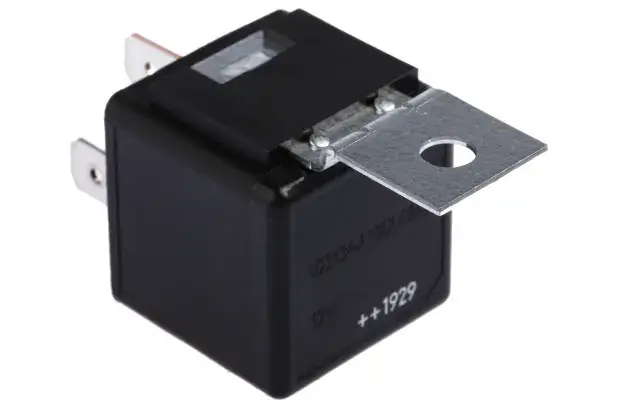
Electrical Relays
History of Electrical Relays
Relays trace their origins to the early 1800s when they were employed in telegraph systems to amplify faint signals. As technology progressed, so did the applications of relays. The discovery of electromagnetism opened the door for the creation of electromagnetic relays, which offered more dependable and efficient control over electrical circuits. With progress in solid-state electronics, today’s relays offer faster response rates and enhanced dependability. They also cover a wide range of features, making them crucial in industries such as automotive and telecommunications.
Types of Electrical Relays
In this section, we will examine the various types of electrical relays, each crafted to meet the unique requirements of specific industrial functions and uses. Let’s explore the details of each kind.
Automotive Relays
Automotive relays are specially designed for the automotive sector and play a crucial role in vehicles.
These relays enable control over numerous electrical systems in vehicles, such as headlights, windshield wipers, and air conditioning units. With the ability to efficiently bridge low-power control signals and high-power circuit activation, they convert digital commands into actual mechanical actions. As a result, relays protect sensitive control circuits from high currents involved in operations like lighting, wiper control, and fan activation.
They are built to endure the demanding conditions in engine compartments, ensuring vital systems run smoothly, thus enhancing vehicle performance and efficiency. The conditions these relays face can be tough, such as high temperatures and mechanical vibrations in the engine area. However, they are constructed for toughness and designed to handle the challenges of this environment.
Force-Guided Relays
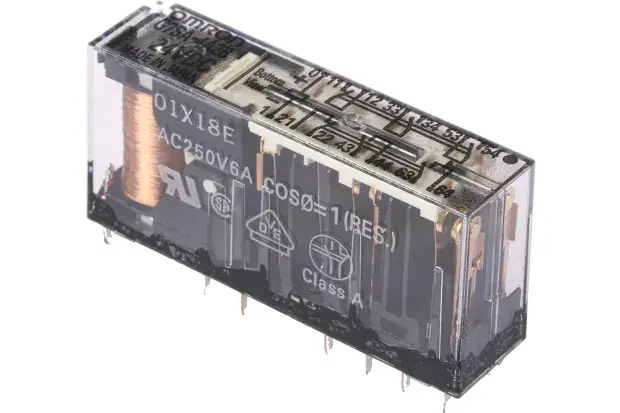
Force-Guided Relays
Force-guided relays are essential in safety-critical applications where failure could have dire consequences. Designed with mechanically connected contacts, these relays ensure reliable switching and prevent the simultaneous closure of all circuits. This distinctive feature makes them ideal for situations where redundancy and fail-safe operation are not just beneficial, but essential.
Force-guided relays are commonly used in industries that require stringent adherence to safety protocols and regulatory standards. Their mechanical connection provides an additional layer of fail-safe protection, reducing the risk of faults and ensuring continuous operation even in the event of unforeseen issues.
High Frequency Relays and Radio Frequency Relays
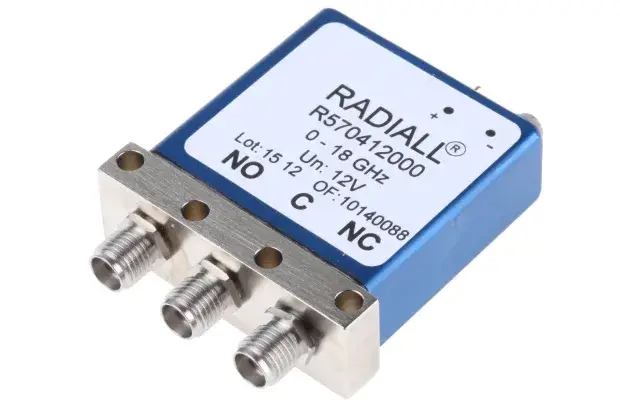
High Frequency Relays and Radio Frequency Relays
High-frequency (HF) relays and radio frequency (RF) relays are designed to switch higher-frequency signals. They are used in applications ranging from telecommunications to radar systems and high-frequency testing instruments. In these contexts, precision in signal control is crucial.
As electronic devices increasingly use higher frequencies, high-frequency relays become necessary to facilitate circuit isolation in such environments. These relays are employed wherever electronic signals are transmitted at high frequencies, including telecommunications, computing, and industrial systems.
In telecommunications, where swift and uninterrupted signal transmission is vital, high-frequency relays prove their worth. They ensure efficient signal routing through complex network structures, minimizing signal loss and maintaining top transmission quality. Their ability to rapidly switch between different signal paths with pinpoint accuracy makes them key to maintaining the integrity of telecommunications networks.
RF relays, specifically designed for radio-related tasks, play an important role in testing equipment and radio broadcasting systems. They are crucial in enabling separate circuits that manage both transmission and reception.
Both RF and HF relays are essential for handling the high voltages that often accompany high-frequency signals—a challenge that standard relays cannot address.
Power Relays
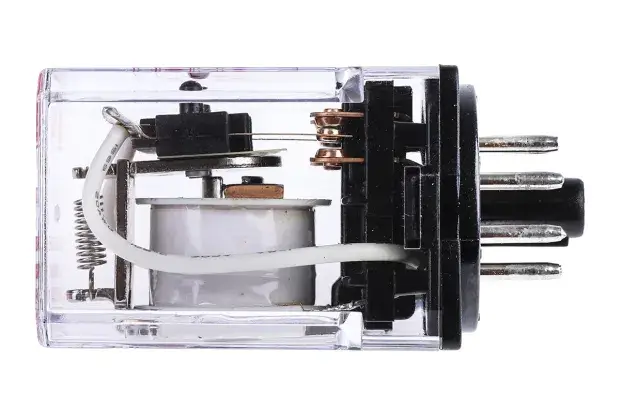
Power Relays
Power relays are designed to manage high electrical currents and are commonly used to control power-hungry devices such as motors, heaters, and lights. They are essential in various industrial and commercial operations.
Reed Relays
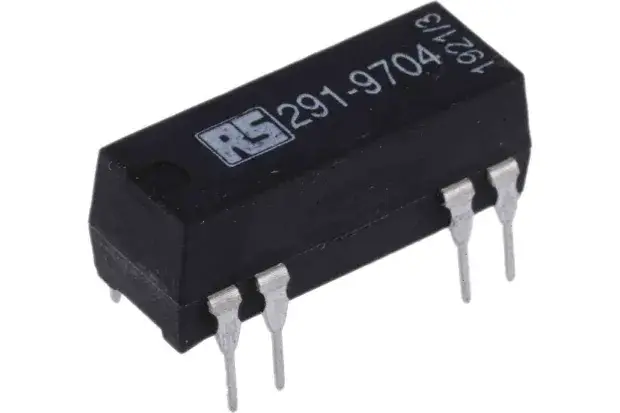
Reed Relays
Reed relays are composed of two blades that are hermetically sealed and operated by either an electromagnetic coil or a magnet. These relays are characterized by fast switching speeds, the ability to handle low-voltage signals, and a long operational life. Because of these traits, they are often used in environments where minimal signal distortion is required.
The construction of reed relays ensures they remain airtight, protecting the internal blades from contaminants and environmental conditions, thereby enhancing their reliability and performance.
Signal Relays
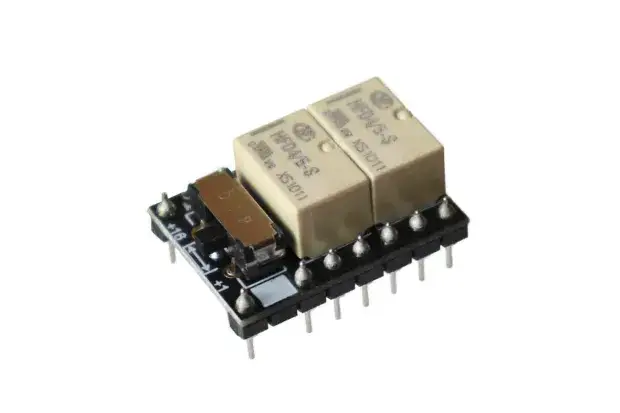
Signal Relays
Signal relays are mechanical switches that operate electrically. They are crucial in a variety of industrial systems where they are responsible for controlling the opening and closing of circuits.
Signal relays are divided into two categories: latching and non-latching. Latching relays can shift between two stable states through a set/reset mechanism, while non-latching relays return to their initial position when the power is turned off.
These relays are commonly found in printed circuit boards (PCBs), where they manage low-power switching tasks. They are essential in applications that require precision and efficiency, with the ability to handle switching up to 2A, making them ideal for tasks that involve controlled current management.
Solid State Interface Relays
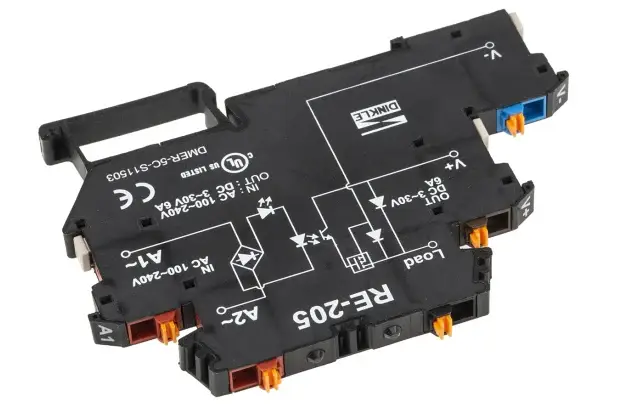
Solid State Interface Relays
Solid-state interface relays offer an alternative to traditional relays that use electromechanical contacts. These relays are known for their fast switching speed, extended operational life, and absence of moving parts that could wear out.
Instead of mechanical parts, solid-state relays use the electrical and optical properties of semiconductors to isolate input and output while switching seamlessly.
These relays are often used to connect control systems with high-power loads. Their compact design, durability, and cost-efficiency make them suitable for a wide range of industrial applications such as motion control, power distribution, heating, and lighting systems.
Timer Relays
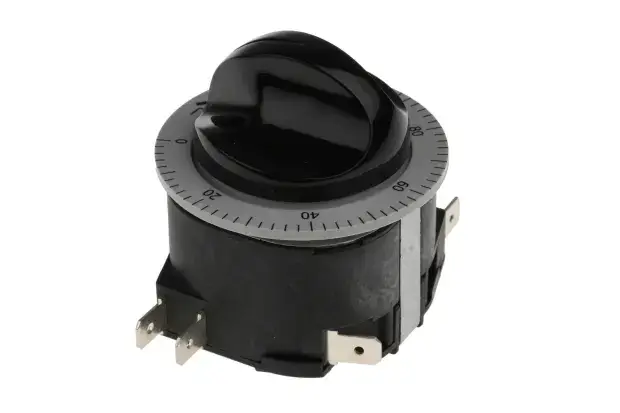
Timer Relays
Time is a key factor in many industrial systems. Timer relays are specialized control devices that offer time-delayed switching, which is essential for applications that require actions to occur in sequence or with a delay in start/stop functions. These relays help coordinate complex operations with precision.
Timer relays combine electromechanical switching with control circuits, allowing contacts to open or close either before or after a predetermined delay. They can be configured to be normally open or closed and support timing delays ranging from milliseconds to several days.
These relays are instrumental in streamlining processes by adding timed intervals between actions, improving efficiency, safety, and accuracy. They are used in a wide range of industries, from manufacturing to energy management and lighting systems.
Summary
Electrical relays are fundamental to controlling circuits in numerous industries, from automotive applications to safety-critical systems. Each type of relay offers unique features suited to specific needs.
In the ever-evolving field of electrical relays, it’s important to stay equipped with the right tools to ensure your systems run efficiently, safely, and reliably, while embracing the latest technological innovations.
Frequently Ask Questions
What does an electrical relay do?
An electrical relay is a switch that opens and closes circuits in response to electrical impulses. Relays are used to manage electrical loads, safeguard electrical systems, and transmit signals to other devices.
What's the difference between a relay and a breaker?
A relay is a device for processing and interpreting signals, functioning as a switch when necessary. A circuit breaker, on the other hand, is a switch that serves as a disconnecting and isolating mechanism. A relay can operate on one or multiple circuits simultaneously, allowing it to select and manage one circuit from several.
Do you need a fuse if you use a relay?
Yes, fuses and relays can be used together in a system. The fuse offers protection from excess current, while the relay handles the switching of the circuit.
Will a faulty relay consume power?
Parasitic current draws, like interior lights, door lights, or malfunctioning relays, can deplete the battery even when the vehicle is turned off.
What comes first, a relay or a fuse?
In practical wiring setups at the clubman level, an example diagram in the power supply design module (hand-drawn) shows the three relays being installed before the fuses in each circuit.
Is a relay similar to a solenoid?
Solenoid vs Relay
Relays control the flow of electricity by opening or closing contacts, while solenoids provide linear mechanical movement. Relays are typically better for control circuits with lower current, whereas solenoids are designed to manage larger currents.
Can I replace a contactor with a relay?
Relays and contactors both serve the same purpose in a circuit: providing isolation between the control and output circuits. Due to advantages like compact size, the ability to be mounted on a PCB, and cost-efficiency, relays can often replace contactors in various applications.
Related Articles
What are Automotive Relays & How it Works
Subscribe to JMChip Electronics !



















